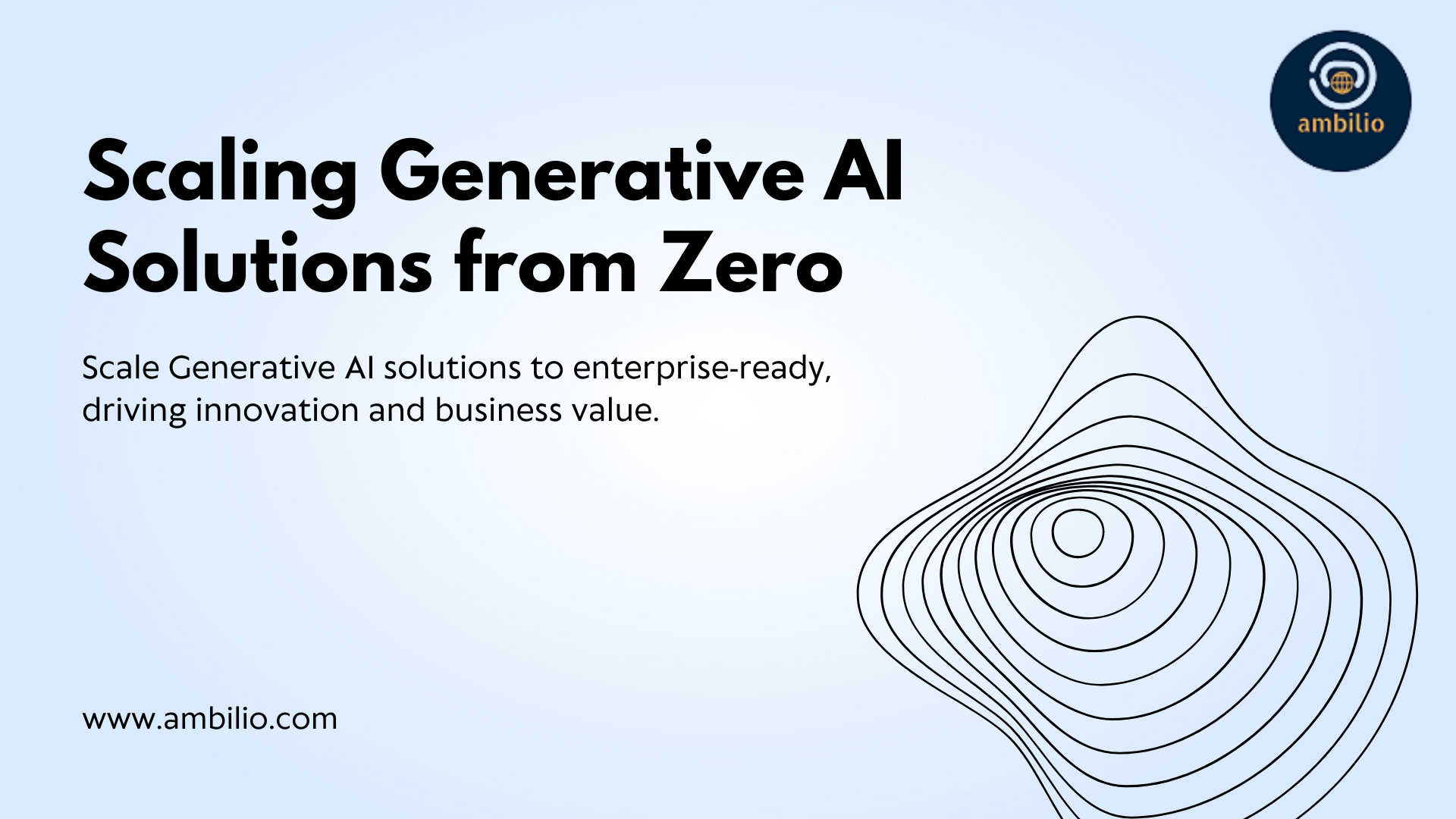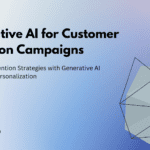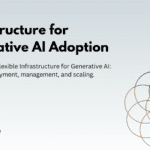Generative AI, using deep learning, is a groundbreaking technology with the potential to transform industries by automating creative tasks like generating text, images, and music. Despite its vast promises, scaling generative AI solutions from inception to production-ready applications presents significant challenges. This guide provides a structured approach to navigate these challenges and successfully deploy generative AI solutions, ensuring they are robust and effective. Understanding the complexities involved is crucial for leveraging the full potential of generative AI to drive innovation and achieve business growth.
Understanding the Problem and Defining Requirements
Before diving into the technical aspects of scaling generative AI, it’s essential to recognize both its potential and the challenges it presents. Generative AI can revolutionize how businesses operate by creating high-quality content, designing innovative products, and personalizing customer experiences at scale. However, the journey from a conceptual idea to a production-ready solution is fraught with complexities. Let’s delve into these in detail.
Understanding the Problem and Defining Requirements
The journey begins with a clear understanding of the problem at hand and defining specific requirements. Whether it’s generating textual content, creating visual art, or composing music, defining the desired outcomes in terms of quality, style, and functionality is crucial. For instance, text generation may require fluency in specific languages or adherence to particular writing styles. This clarity helps in selecting the appropriate model architecture, algorithms, and data requirements.
Selecting the Right Model, Algorithms, and Tools
Choosing the right model architecture is pivotal to the success of generative AI solutions. Convolutional Neural Networks (CNNs) excel in tasks like image generation, while Recurrent Neural Networks (RNNs) and Transformer-based models such as GPT (Generative Pre-trained Transformer) are preferred for text generation due to their sequential and contextual learning capabilities. Understanding the strengths and limitations of each model type ensures realistic expectations and efficient utilization of resources.
Gathering and Preparing Training Data
Generative AI models thrive on large volumes of high-quality training data. Gathering relevant datasets from diverse sources, cleaning, preprocessing, and potentially augmenting the data are essential steps. For textual data, preprocessing may involve tokenization and part-of-speech tagging, while image data may require normalization and augmentation techniques. Collaboration with domain experts ensures that the training data is not only extensive but also representative of real-world scenarios.
Creating a Proof of Concept
A crucial step in the development cycle is creating a proof of concept (PoC) model. This initial iteration helps validate the feasibility of the solution and serves as a prototype to gather feedback from stakeholders and end-users. While the PoC model may not achieve production-level performance, it provides invaluable insights for refining requirements and iterating towards a more robust solution.
Training and Fine-Tuning the Model
Training a generative AI model involves iterative refinement using techniques like self-supervised and semi-supervised learning. Fine-tuning the model’s parameters and architecture based on performance metrics such as accuracy, coherence, and style fidelity is essential. Leveraging pre-trained models and transfer learning can expedite this process while maintaining efficacy and reducing development time.
Integration into the Application
Once the model demonstrates satisfactory performance, integrating it into the target application environment begins. This phase involves software development, API integration, and rigorous testing across different platforms and environments. Considerations for scalability, security, and error handling are paramount, necessitating robust infrastructure such as GPU or TPU clusters to support the computational demands of generative AI.
Testing and Optimization
Thorough testing is imperative to ensure the model performs reliably under various conditions. Optimization techniques such as hyperparameter tuning, regularization, and ensemble methods help mitigate issues like overfitting or underfitting. Techniques like random search and grid search assist in identifying optimal configurations, enhancing model stability and performance.
Deployment and Monitoring
Deploying the generative AI solution into production marks the culmination of development efforts. Establishing a continuous integration and continuous deployment (CI/CD) pipeline ensures seamless updates and maintenance. Ongoing monitoring of model performance post-deployment enables timely adjustments and optimizations based on real-time data and user feedback.
Strategies for Scaling Generative AI
Successful scaling of generative AI solutions requires strategic considerations beyond technical implementation:
- Investment Strategy: Decide whether to leverage open-source models, integrate existing models with proprietary data, or develop custom solutions tailored to specific needs. Each approach has its cost implications and customization benefits.
- Technology Architecture: Establish an architecture that supports interoperability between AI models and existing systems. Components like context management, policy enforcement, model repository, prompt libraries, and MLOps (Machine Learning Operations) platforms streamline operations and ensure scalability.
- Data Management: Implement robust data management practices to ensure data integrity, security, and accessibility at scale. This includes data governance, compliance with regulatory requirements, and efficient data pipelines to support continuous learning and model improvement.
- Organizational Culture: Foster a culture that embraces generative AI innovation by empowering teams to experiment, iterate, and explore novel applications. Encourage cross-functional collaboration between data scientists, engineers, and domain experts to leverage diverse perspectives and domain knowledge.
- Talent Acquisition and Development: Invest in acquiring and retaining talent with expertise in AI, machine learning, and software development. Building a skilled workforce capable of driving generative AI initiatives forward is essential for sustained innovation and competitive advantage.
Final Words
In conclusion, scaling generative AI solutions from inception to deployment involves meticulous planning, iterative development, and strategic deployment. By following a structured approach that encompasses problem definition, model selection, data preparation, iterative refinement, and strategic scaling strategies, organizations can harness the transformative potential of generative AI to drive innovation and achieve business growth. Start small, iterate based on feedback, and continually optimize to stay ahead in the rapidly evolving landscape of AI technologies.



